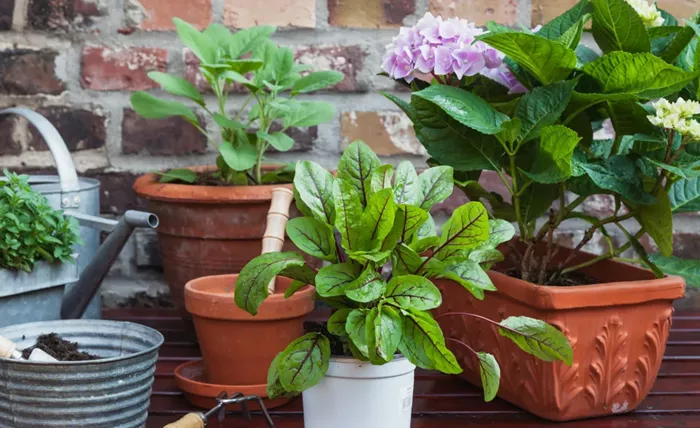Many gardeners are noticing the effects of prolonged dry conditions on their trees and plants. Recently, I began watering some established plants, including large oak trees in my home garden, due to visible signs of drought stress. Symptoms of drought stress include wilting leaves and leaves that appear off-green. As trees and plants start to show fall colors, it can be harder to identify these signs. For instance, many of my hydrangeas had leaves turning brown and dropping off earlier than usual.
Bulb Placement Tips
Proper placement is crucial for the success of spring-flowering bulbs. These bulbs prefer moist conditions in early spring and fall, while they thrive in dry conditions during summer dormancy. They do not do well in wet areas or heavy clay soil. If your garden soil contains a lot of clay, it’s best to plant bulbs higher than the recommended depth. Generally, bulbs should be planted at a depth of three times their diameter if specific directions are not provided. Most large bulbs should be planted about six inches deep, while smaller bulbs need about four inches.
Avoid Limestone Near Plants
It is advisable to avoid using gravel with crushed limestone as a base for hardscape features like walkways, driveways, and patios. Limestone can increase the alkalinity of nearby soils, making it difficult for some plants to grow if they are close to the limestone base. Plants such as witch hazel and river birch are sensitive to alkaline conditions and can develop chlorosis when their roots reach the limestone. Instead, consider using alternative materials like grade 9 gravel, which contains smaller crushed particles for better compaction.
Crocuses: Pros and Cons
Crocuses are excellent bulbs for naturalizing, rock gardens, or for planting under tall trees. They can also be scattered in lawns, but it’s important to keep their grass-like foliage intact for at least six weeks before mowing. This practice promotes better long-term growth.
However, crocuses are planted at shallow depths, making them vulnerable to chipmunks and squirrels. To protect them, gardeners may need to use repellent products or place light chicken wire over the bulbs at planting time. Sprinkling blood meal on the ground after planting can deter animals from digging up the newly planted bulbs. There are also granular repellents that can be spread over the planted areas.
Chipmunks and squirrels are often attracted to freshly dug beds. After losing 500 crocuses to these animals this spring, I have decided to plant glory-of-the-snow (Chionodoxa) instead, hoping they will be less appealing to chipmunks and squirrels.
Related topics:
- Plants Are Taking in 31% More Carbon Dioxide Than We Previously Believed
- Abundance London Plants Thousands of Bulbs to Illuminate Chiswick
- How Plants Compete for Light: New Mechanism Found in Shade Avoidance


